5 ways Microsoft can own 2016
New year, new opportunities
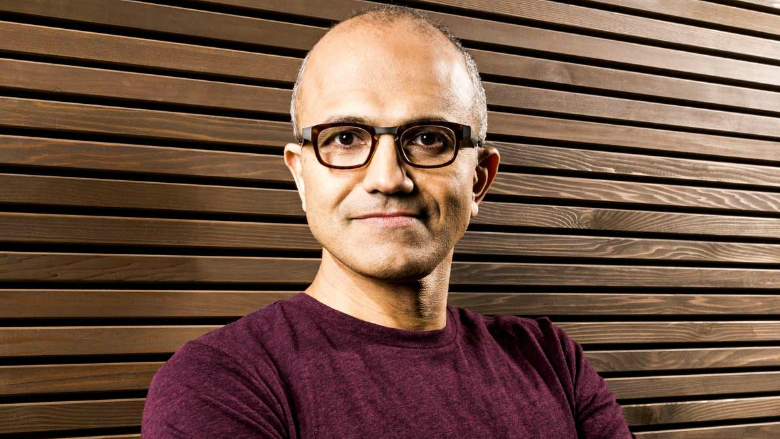
2015: a year to remember
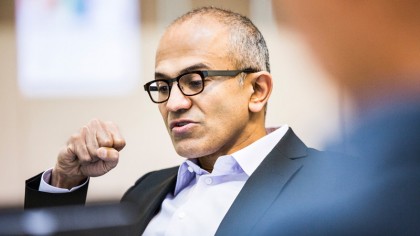
When the definitive Microsoft timeline is finally crafted, 2015 will join 1975, 1985, 1995, and 2001 in the lineup of years that get bold, magenta fonts and pithy explainer text.
There's no doubt this was a standout year for the venerable Redmond-based outfit. Windows 10 and the Surface Book, among other milestones, put solid ground underneath a company that, over the past few years anyway, seemed to have lost its footing.
But for all its 2015 success, Microsoft still had its share of problems. PC market share continued to drop; Windows Phone looked more and more like the Betamax of devices; and many consumers reported that the Surface Book crashed if you looked at it funny. If Microsoft wants a great 2016, these issues need to be addressed.
And with both Apple and Samsung poised to deliver new iterations of their flagship devices, there will be plenty of competition for positive attention next year too. Here are five ways Microsoft can continue its 2015 momentum and own 2016.
1. Don't phone it in
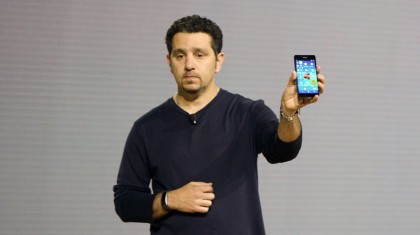
As reviews and, more importantly, sales have shown, 2015's Lumia 950 and Lumia 950 XL are not setting the smartphone world on fire. In fact, they aren't even toasting it. Windows Phone's market share is in the single digits. Microsoft has found success with operating systems, tablets, and now laptops, but that big smartphone win remains elusive.
Rather than beating the same old Nokia drum, Microsoft needs something new – and the decision-makers in Redmond are finally acknowledging this.
Panos Panay and his Surface team have been given the task of revamping Windows Phone. Few should be surprised by this move. After all, Panay has already revitalized Microsoft's presence in the tablet/laptop space with the Surface Pro and Surface Book. If anyone can find Microsoft's smartphone unicorn, it's Panay.
Sign up to the TechRadar Pro newsletter to get all the top news, opinion, features and guidance your business needs to succeed!
This new "Surface phone" (or as some are calling it, "Panos's phone") is set to launch in the second half of 2016. Details are scarce. But the Surface phone only really needs to do one thing to stand out in this iPhone dominated world: be the computer that fits in a pocket.
If Windows Phone could truly be that: a phone that runs Windows 10 and all its apps, then Microsoft may have a device that is not only innovative but market grabbing as well.
2. Truly mobilize Windows 10
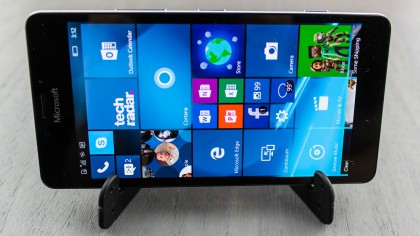
Microsoft didn't help its smartphone cause when it announced its delay of Windows 10 Mobile. Furthermore, the new target date the tech giant gave isn't even specific. It's just "early next year."
Further delays of Microsoft's mobile OS could not only jeopardize the "Windows 10 on 1 billion devices" promise, it could also have disastrous effects on its smartphone strategy.
That's because Windows Phone is relying on Windows 10's universal apps functionality to bring in developers. Without a robust app ecosystem, Windows Phone will remain largely irrelevant.
A Panos Panay Surface phone won't be enough: if Microsoft wants to take the 2016 smartphone crown, it needs to make sure Windows 10 Mobile is rolled out on time – and on all its Windows Phones.
3. The platform for all must talk to all
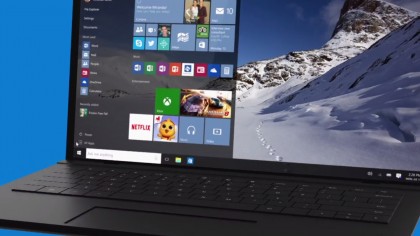
Thanks to its 110 million (at least) downloads, Windows 10's launch was a success. But part of that success can be credited to it its friendly price tag: Windows 10 was (and is) a free upgrade for current Windows users. But when the free upgrade ends next year in July, so could 10's rapid adoption rate.
Windows 10 can maintain its momentum by delivering on its loftiest promise: Continuum. Allowing users to "hand off" tasks, like email, from one device to another is not necessarily new – Apple already offers this with OS X's Continuity – but Windows 10 will (in theory) take it a step further by connecting desktop and mobile into one seamless experience.
Obviously this has yet to be realized. The rumor mill, however, has hinted that Microsoft is implementing its Continuum features in 2016's Window 10 update, codenamed Redstone. "Windows 10.1" is exactly what the Redmond company needs to keep their flagship product humming.
Unfortunately Microsoft also has a penchant for delays (see Windows 10 Mobile.) If Redstone is delayed to 2017, or worse, and it doesn't include the Continuum features, then many users may not see a reason to adopt the suddenly not cheap 2016 version of Windows 10.
4. Get deeper with Surface Book
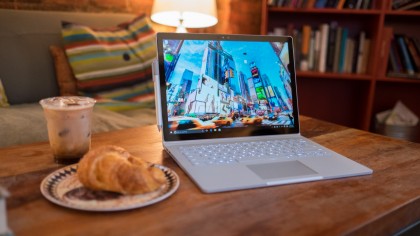
Surface Book took 2015 by storm, re-energizing the large screen device space not just for Microsoft, but for the tech industry as a whole.
What then can Panos Panay's design team do to make 2016's inevitable Surface Book 2 an enticing iteration? The Redmond engineers shouldn't have to dwell long on this: there's plenty of room for improvement with the Surface Book.
Firstly, the next iteration should be a completely stable platform. The first Surface Book reportedly suffers from battery draining, slow boot times and system crashes. Many proverbial potholes have been filled, but even with the fixes, for many, the Microsoft 2-in-1 is still not a smooth ride.
Secondly, the next Surface Book needs the rolling pin treatment. The first generation's "muscle wire" hinge may be strong and easy to use, but its bulge is far from flattering. If the Redmond engineers can figure out how to flatten the Surface Book 2, it will be 2016's gold standard 2-in-1.
5. Make augmented reality and enterprise reality
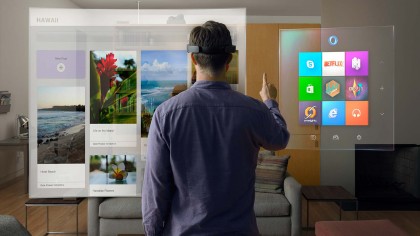
Virtual reality, augmented reality, lawnmower man reality – whatever it may be called, Microsoft is falling behind the new reality curve. Samsung's consumer grade VR add-on is already on the market, Oculus is shipping Rift kits to developers and Google Glass is…trying again.
That being said, Microsoft is not completely out of the loop (ahem, Apple.) Redmond showed off its "augmented reality" device, the HoloLens, at E3 and other tech events this year and kits for it will be released to developers in 2016. However, even in its infant state, the HoloLens is receiving some strong criticism.
The current version of HoloLens suffers from a narrow field of view and seemingly low-tech, translucent visuals.
Its development kits also carry a high price tag: $3,000. Many feel the price will restrict the pool of developers, but Microsoft may view this as a good thing – a kind of developer pre-screen. After all, it views the HoloLens as an enterprise-first tool. It wants high-end developers, not guy-in-the-garage types.
If HoloLens is indeed an enterprise device, Microsoft needs to do a better job of selling it that way. Minecraft and kill-aliens-in-the-living-room demos are great at creating consumer buzz, but "fun diversions" probably aren't enticing the average CFO.
Appealing to the enterprise is a smart move; other VR/AR manufacturers seem wholly focused on the consumer market. But take one look at the HoloLens marketing so far and you'd guess it was a consumer-first product as well. If Microsoft wants to set its device apart, the 2016 demos need to feature suits instead of a guy in a zip up hoodie, and productivity apps instead of laser-armed critters.
Otherwise the HoloLens may finish 2016 looking like the also-ran device and not the enterprise world-beater Microsoft wants it to be. Along with an app-heavy Windows Phone, a stable, beautiful Surface Book, and a universal Windows 10, Microsoft needs a strong reality augmenter to make its 2016 win a reality.